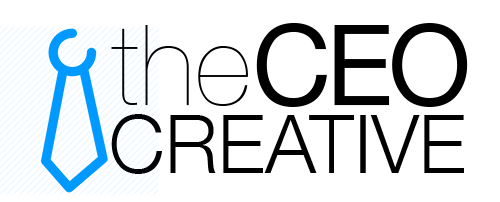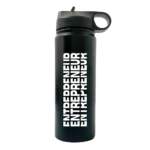Key Takeaways –
|
In a world where brands constantly evolve, have you ever wondered which companies orchestrated the most remarkable reinventions in recent memory? What sets these best rebranding campaigns apart from the rest, and what valuable lessons can we learn from their transformation?
Join us on a journey through the dynamic landscape of corporate identity as we unravel the secrets behind these extraordinarily successful rebranding campaigns.
So, are you ready to discover the alchemy that turns a brand makeover into a marketing masterpiece?
Let’s go!
What is Rebranding?
Rebranding is more than just a superficial makeover. It involves reimagining your brand identity, redefining customer perceptions, and telling a fresh story.
Rebranding involves
- Changing your brand voice, visuals, and communication.
- Realigning with your target audience and market trends.
- Enhancing overall customer experience and recognition.
The Importance of Successful Rebranding
Effective rebranding campaigns go beyond a mere logo change. They entail:
- Mission & Values – Redefining company mission and core values
- Clear Communication – Effectively sharing the new identity.
- Market Relevance – Aligning with current market trends
Benefits of Rebranding
Why undergo the often challenging process of rebranding? Successful rebranding offers several advantages:
- Reconnecting with Customers: It provides an opportunity to reconnect with existing customers while attracting new ones.
- Clarity in the Market: Rebranding can clarify your brand’s position in the market and its unique value proposition
- Eliminating Negative Associations: It can help eliminate any negative associations and give your brand a competitive edge.
Risks of Failed Rebranding
However, not all rebranding campaigns yield positive results. Failed rebranding can lead to:
| Risks | Possible Consequences |
| Customer Confusion | Loss of loyal customer base |
| Brand Dilution | Weakening of brand identity |
| Decline in Sales | Negative financial impact |
| Loss of Trust | Damaged brand reputation |
Breaking Down Successful Rebranding Campaigns
To understand the intricacies and successes of rebranding campaigns, we must dissect what makes them effective.
What Makes a Rebranding Campaign Successful?
A triumphant rebranding campaign is more than just a visual transformation. It’s about:
- Presenting an existing product or service in a new light.
- Strengthening connections with consumers.
- Influencing consumer behavior positively.
Factors Contributing to Successful Rebranding
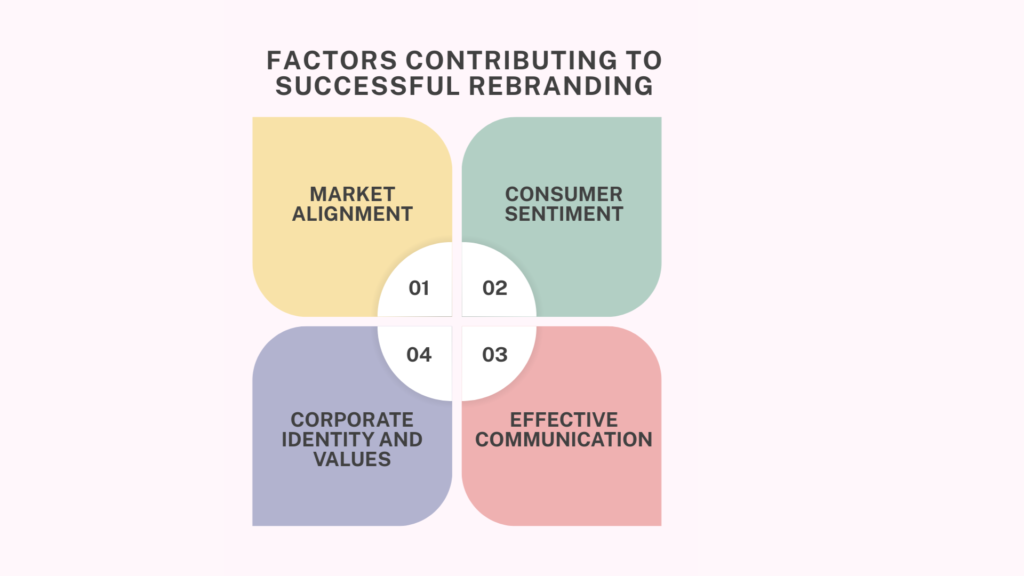
So, what’s the recipe for a successful rebranding campaign? It involves a blend of factors:
- Market Alignment: The brand should align with evolving market trends.
- Consumer Sentiment: Understanding and acting on consumer sentiment is crucial.
- Effective Communication: Consistent and clear communication of the changes is essential.
- Corporate Identity and Values: The rebrand must align with the company’s core identity and values.
By managing these factors effectively, businesses can rebound or even soar after a successful rebrand.
Case Studies: Top 5 Best Rebranding Campaigns
So, what are some examples of successful rebranding campaigns that offer inspiration and insights? Here they are:
Detailed Case Study: Apple Inc
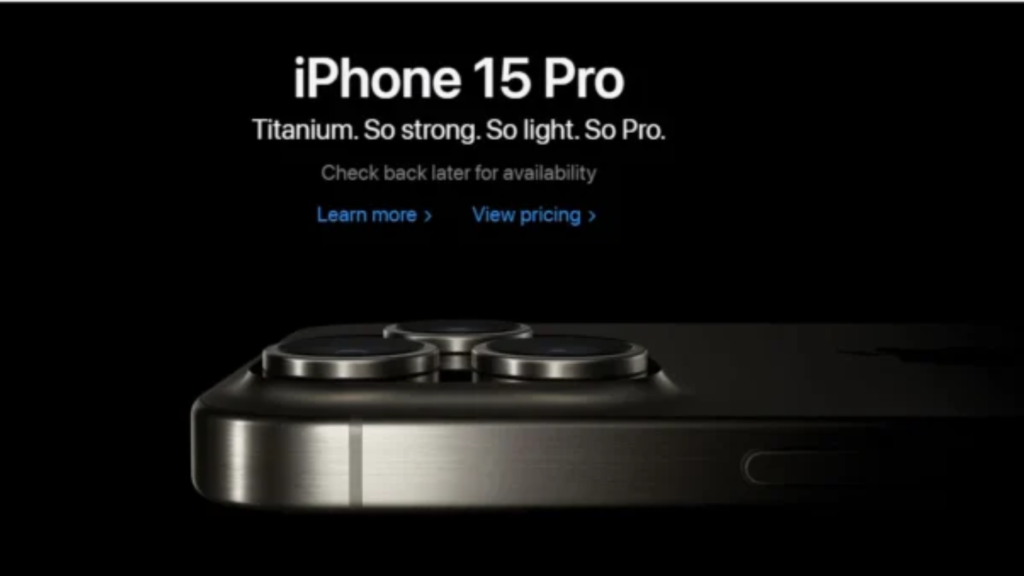
Overview of Apple’s Rebranding Journey
In the late 1990s, Apple faced financial losses and plummeting sales. The return of Steve Jobs marked a new era and a daring rebranding campaign.
Strategies Used
- “Think Different” Campaign promoting creativity and innovation.
- Launch of revolutionary products like the iPod, iPhone, and iPad.
- Apple created customer-focused retail environments in Apple Stores.
- Positioning Apple as a cool, modern technology brand.
| Outcome
Apple’s rebranding led to a complete turnaround, with surging sales, rising stock prices, and an enduring reputation as a technology leader. Apple’s success story underscores the power of a well-executed rebrand. |
Detailed Case Study: Burberry

Overview of Burberry’s Rebranding Journey
Once synonymous with outdoor clothing, Burberry faced a decline by the late 1990s. It struggled with an outdated image and sought a transformation.
Strategies Used
- New Creative Director: Christopher Bailey injected vitality into the brand.
- Shift to High-End Fashion: Burberry pivoted from outdoor gear to high-end fashion.
- Digital Transformation: Embracing digital marketing and e-commerce expanded their reach.
| Outcome
Burberry successfully transformed into a modern, luxurious fashion brand. The rebranding sparked renewed interest and financial gains. |
Detailed Case Study: Old Spice

Overview of Old Spice’s Rebranding Journey
Originally a feminine fragrance, Old Spice shifted to a men’s grooming brand but faced a dated image by the early 2000s.
Strategies Used
- Repositioning to target younger men.
- Viral Marketing with the famous “Man Your Man Could Smell Like” campaign that gained millions of views and encouraged user-generated content.
| Outcome
Old Spice became popular among younger consumers while retaining its older customer base. This rebrand exemplifies the power of a successful transformation. |
Detailed Case Study: McDonald’s

Overview of McDonald’s Rebranding Journey
McDonald’s faced stagnant sales and an unhealthy image in the early 2000s, leading to a comprehensive rebranding effort.
Strategies Used
- Healthier Menu Options: The introduction of healthier food options catered to changing consumer preferences.
- “I’m Lovin’ It” Campaign: The global campaign resonated with younger demographics.
- Modern Store Design: Redesigned stores created a more welcoming atmosphere.
| Outcome
The rebranding resulted in increased sales and reshaped McDonald’s as a modern, health-conscious, and family-friendly fast-food chain. |
Detailed Case Study: LEGO
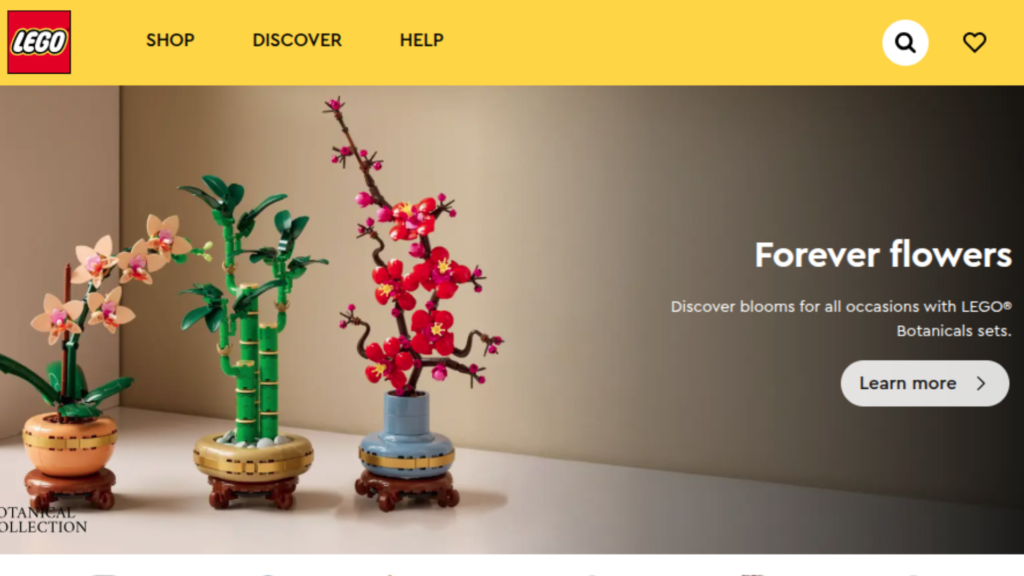
Overview of LEGO’s Rebranding Journey
LEGO faced financial troubles and a dwindling fan base due to over-diversification away from its core product.
Strategies Used
- Back to Basics: Reverting to core products, emphasizing simple, colorful bricks.
- Licensing Partnerships: Collaborations like Star Wars.
- LEGO sets added freshness while tugging at nostalgia.
| Outcome
LEGO emerged as the world’s most powerful brand in 2017, showcasing the impact of customer-centric rebranding. |
Lessons Learned from Successful Rebranding Campaigns
For businesses considering a rebrand, there are valuable lessons to learn from these successes:
Key Takeaways for Your Rebranding Campaign
- Audience Alignment: Ensure your rebrand resonates with your target market.
- Integrity Matters: A rebrand should honestly reflect your brand values.
- Meticulous Implementation: Plan and execute your rebranding meticulously.
Mistakes to Avoid in Rebranding
- Drastic Changes: Avoid radical changes that alienate your existing customer base.
- Insufficient Research: Never rebrand without thorough research.
- Inconsistent Messaging: Keep post-rebrand communication clear and consistent to avoid confusion.
Conclusion
In examining these top five successful rebranding campaigns, we’ve seen how a well-executed transformation can reshape a brand’s fortunes. From Apple’s luxury tech pivot to LEGO’s return to its core product, each campaign demonstrates the power of strategic rebranding.
Remember, rebranding isn’t just about changing a logo; it’s a deep dive into corporate identity change that can positively impact every aspect of your business. Whether it’s a minor adjustment or a major overhaul, steer your brand toward success with clear direction, innovation, and courage.
